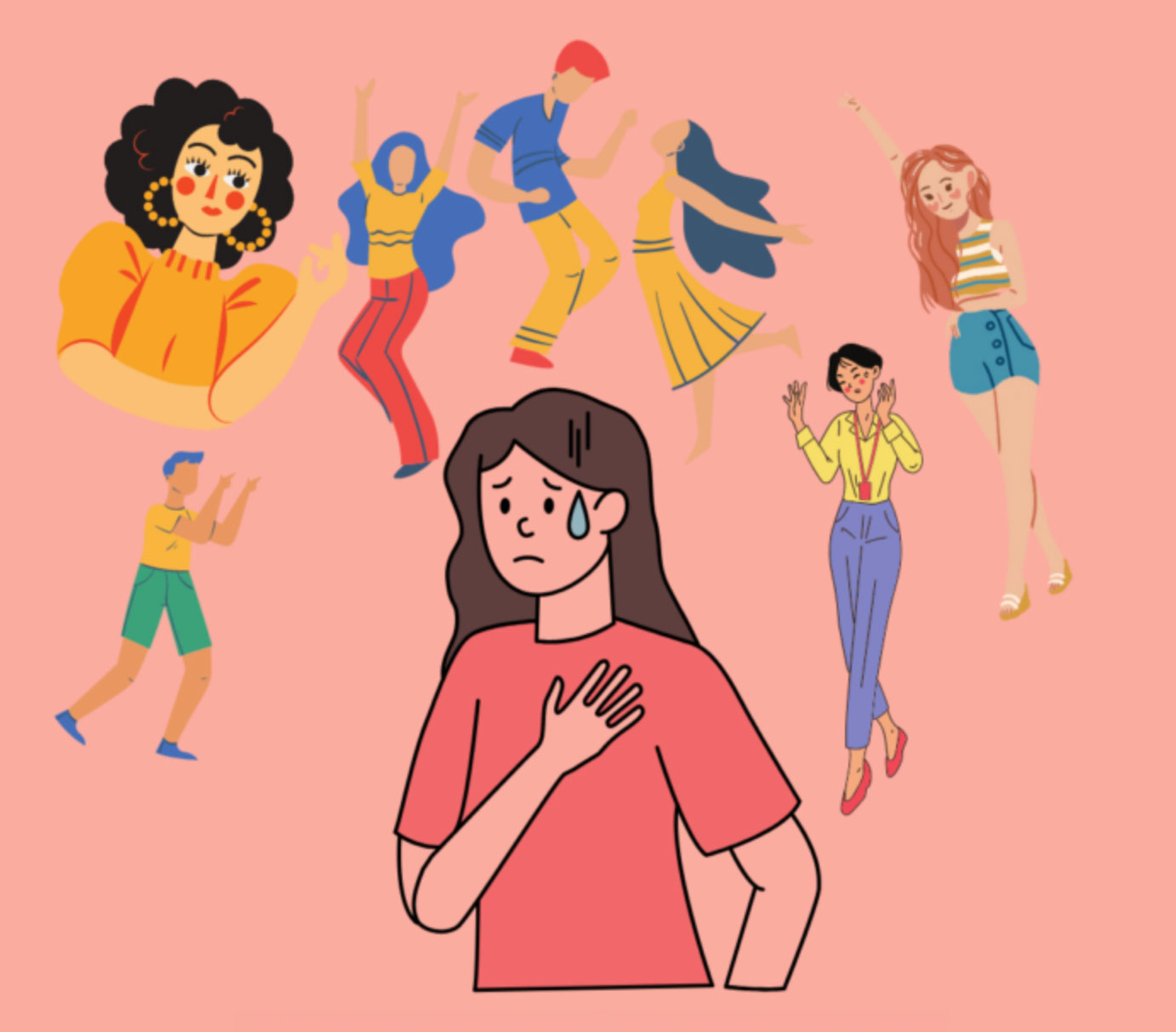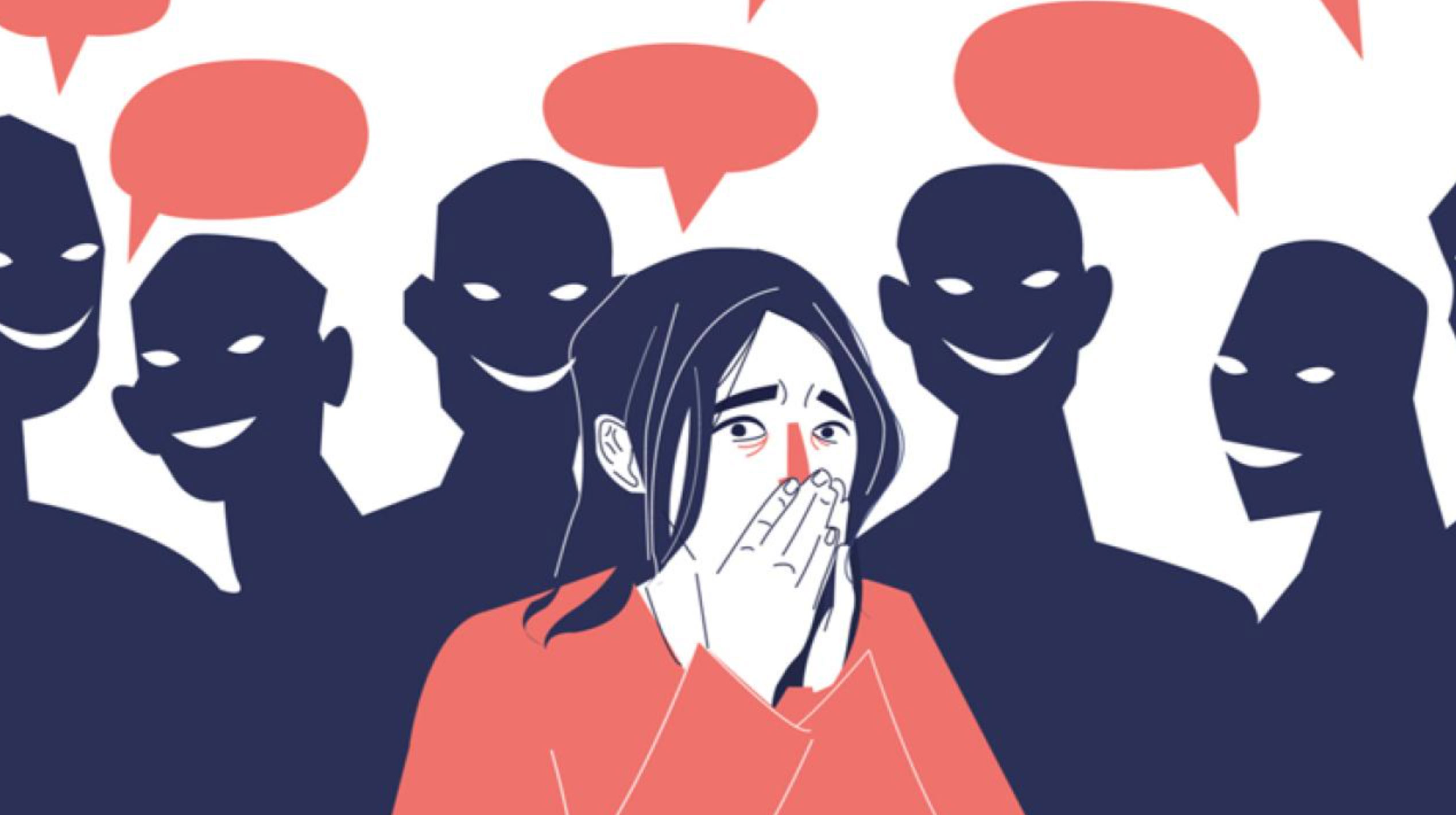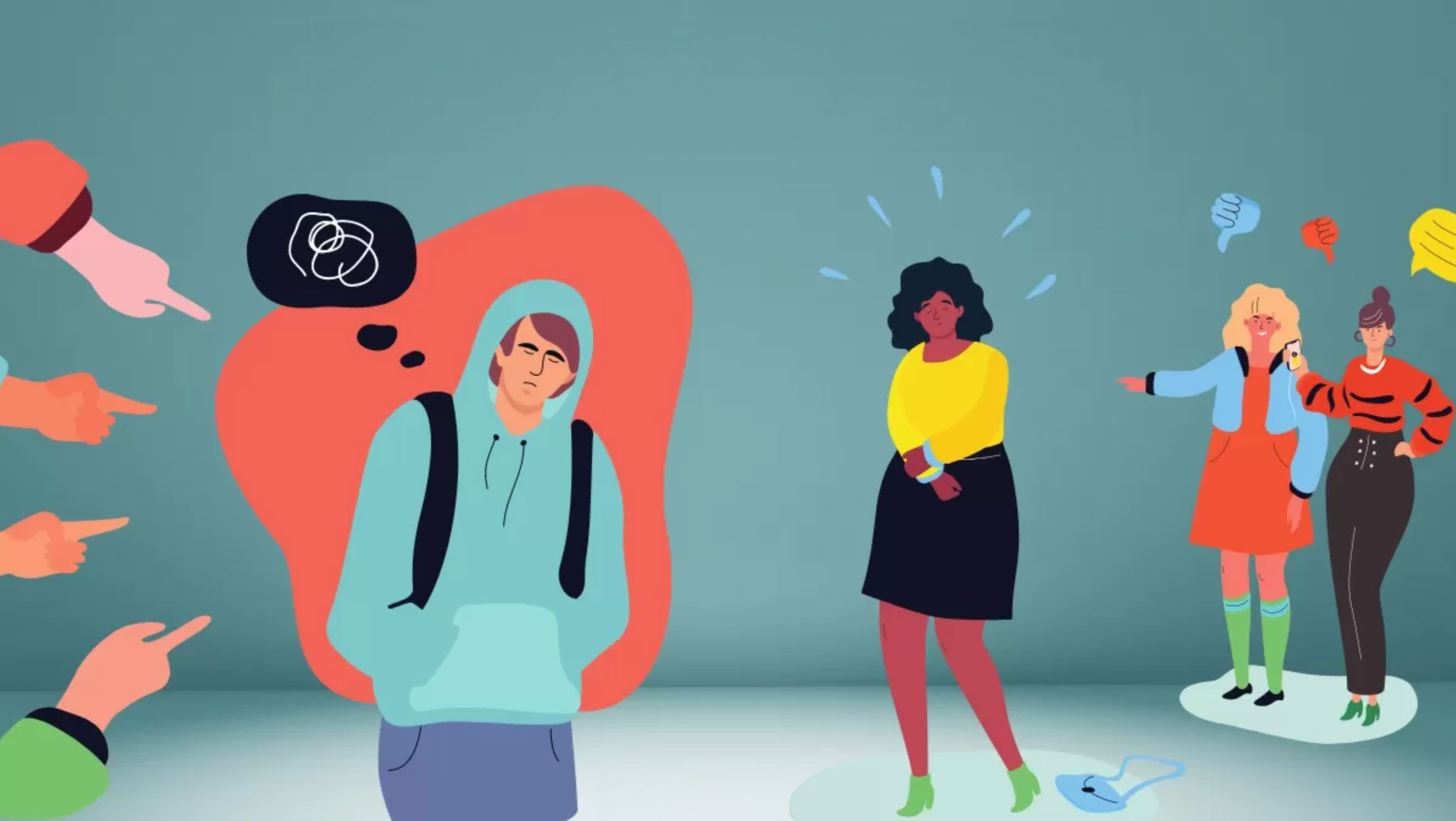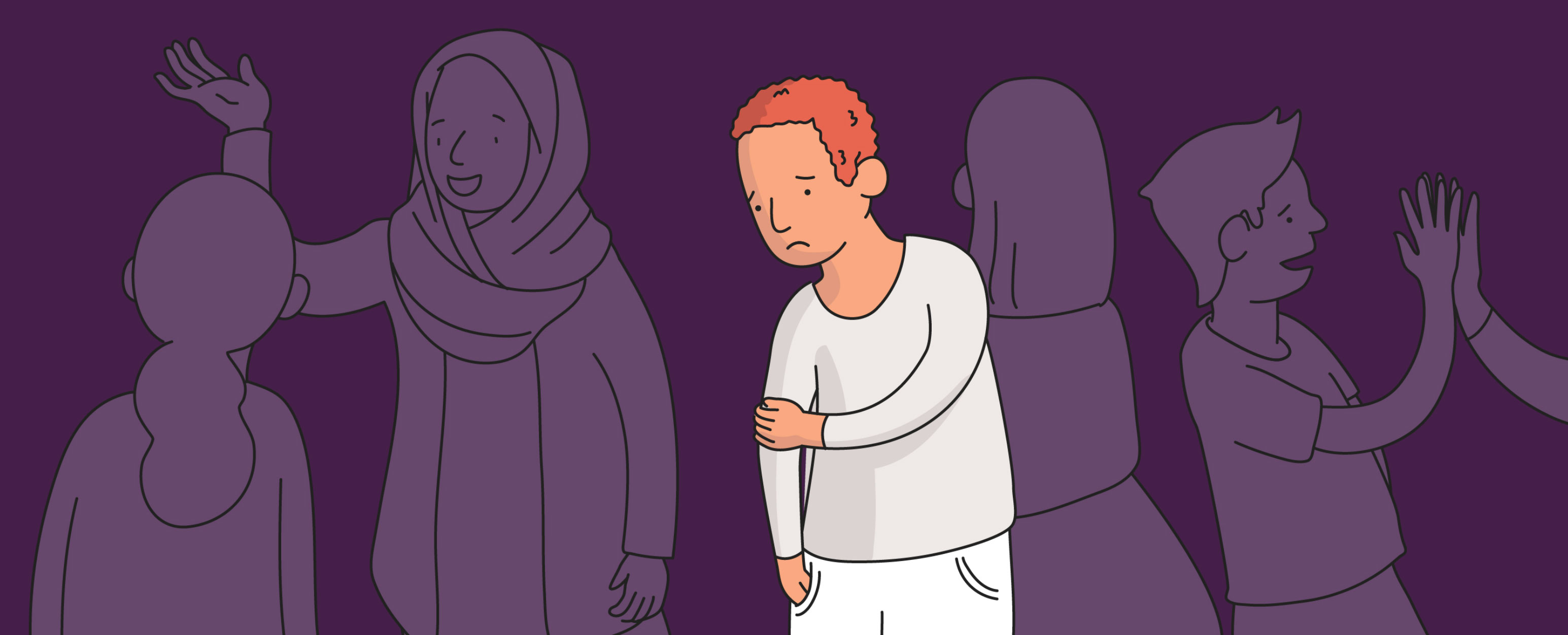Social anxiety is more than simply feeling shy or nervous in social settings. It’s a persistent fear of being judged, embarrassed, or scrutinized in social scenarios, which can significantly impact one’s quality of life. As awareness grows, so does our understanding of how conditions like ADHD and autism intersect with social anxiety. Through this article, we will break down what social anxiety looks like, how it compares to other mental health conditions, and even explore the best jobs for people with social anxiety.
Understanding Social Anxiety: Symptoms and Behaviors

Social anxiety disorder is characterized by intense fear or anxiety in social situations, often triggering physical symptoms like sweating, trembling, or rapid heart rate. People with this condition may avoid social events altogether or endure them with significant stress. The social anxiety scale is a useful tool used by professionals to measure the severity of these symptoms. Higher scores on the scale often indicate greater interference in daily life. Recognizing these behaviors early on is crucial to seeking appropriate support and treatment.
The Link Between ADHD and Social Anxiety

ADHD social anxiety is a frequently reported comorbidity. Individuals with ADHD may struggle with impulse control, attention, and hyperactivity, which can increase self-consciousness and lead to social withdrawal. The combination of ADHD and social anxiety creates a unique dynamic where the inability to regulate attention and behavior exacerbates fears of social missteps. It's vital for clinicians to recognize this overlap to provide tailored interventions that address both conditions concurrently.
Social Anxiety vs Avoidant Personality Disorder

While social anxiety and avoidant personality disorder (AVPD) share similarities, such as fear of rejection and social avoidance, they differ in rigidity and root causes. Social anxiety tends to be situation-specific and more flexible with treatment, whereas AVPD is deeply ingrained and impacts most aspects of a person’s life. Understanding the distinctions between social anxiety vs avoidant personality disorder helps in crafting more effective long-term treatment strategies.
Autism vs Social Anxiety: Understanding the Overlap

Many traits of autism spectrum disorder (ASD) overlap with social anxiety, such as discomfort in social settings and difficulties with eye contact. However, the causes differ significantly. Autism vs social anxiety comparisons reveal that while autism stems from neurodevelopmental differences, social anxiety arises from fear-based responses. This distinction is important for accurate diagnosis and support, especially since both conditions may exist simultaneously and require nuanced approaches.
Measuring Social Anxiety With the Social Anxiety Scale

The social anxiety scale is a standardized tool used by clinicians to assess the severity of social anxiety symptoms. It typically asks patients to rate scenarios based on their anxiety levels. These scales help track progress over time and guide treatment plans, including cognitive behavioral therapy and medication. Utilizing a social anxiety scale can also validate a person’s experiences and destigmatize their need for support.
Daily Life With Social Anxiety

Living with social anxiety influences many aspects of daily life, from attending social gatherings to speaking in public or even making phone calls. People often feel isolated or misunderstood, leading to missed opportunities both socially and professionally. Over time, this chronic avoidance can fuel depression and low self-esteem. Building coping strategies and seeking help through therapy are essential steps toward managing this anxiety.
Best Jobs for People With Social Anxiety

While some careers demand high levels of social interaction, there are plenty of fulfilling roles well-suited for people with social anxiety. The best jobs for people with social anxiety often involve independent work, such as writing, graphic design, data analysis, programming, and animal care. These jobs minimize overstimulating social obligations while allowing creative or intellectual contributions, which can build confidence and improve quality of life.
Treatment and Hope for the Future

Effective treatment options for social anxiety include cognitive behavioral therapy (CBT), exposure therapy, and medication like SSRIs. Support groups and mindfulness practices can also help lessen anxiety's grip over time. Early intervention, especially in cases involving ADHD and social anxiety or autism and social anxiety, greatly improves outcomes. With the right support system and professional care, individuals can lead rich and fulfilling lives, even while managing social anxiety.
Understanding social anxiety is the first step in reducing its power over daily life. When coupled with other conditions like ADHD or autism, proper diagnosis and tailored treatment are key. Being informed about distinctions between social anxiety vs avoidant personality and measuring symptoms with tools like the social anxiety scale can illuminate paths toward healing. Whether navigating personal challenges or seeking the best jobs for people with social anxiety, know that help is available and improvement is possible.


